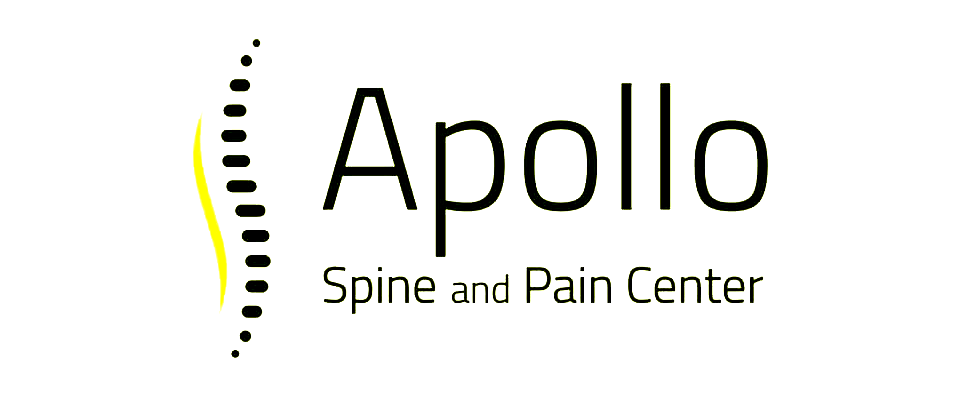Combating Chronic Pain with Spinal Cord Stimulation: A Comprehensive Guide
Chronic pain can leave sufferers feeling desperate for long-lasting relief, and finding an effective solution is often a challenging process. At Apollo Spine and Pain Center, we understand this struggle and are committed to offering a wide range of pain management services tailored to address varying degrees of pain and severity. One advanced treatment modality that many patients have found life-changing is spinal cord stimulation (SCS). This article will explore the precise science behind this promising intervention, helping you to better understand its role in combating chronic pain.
Used to manage chronic intractable pain in the back, limbs, and various other parts of the body, spinal cord stimulation involves the strategic placement of tiny electrodes within the epidural space adjacent to the spinal cord. The primary goal of SCS is to disrupt the pain signals traveling through the spine using mild electrical impulses generated by the implanted stimulator. By disrupting these signals, patients can experience significant pain reduction while reclaiming control over their daily lives.
We will dive deep into how spinal cord stimulation works, why it may be a suitable treatment option for you, and how it has the potential to transform pain management as a whole. Furthermore, we'll cover the different types of SCS systems available, ideal candidates for the procedure, and what to expect during the implantation process.
At Apollo Spine and Pain Center, we believe that successful pain management begins with a solid understanding of the available treatment options. Allow us to provide you with the knowledge and expertise necessary to make informed decisions about your personalized pain relief journey. Read on to learn everything you need to know about spinal cord stimulation and how it can revolutionize your approach to chronic pain management.
Understanding the Science Behind Spinal Cord Stimulation
Spinal cord stimulation (SCS) is based on a scientific concept known as the gate control theory of pain. Proposed by Melzack and Wall in 1965, this theory suggests that non-painful stimuli can effectively "close the gate" on pain signals, reducing their transmission to the brain. SCS capitalizes on this principle by targeting the pain signals that are transmitted through the spinal cord via nerve fibers. The device sends out electrical impulses that interfere with these nerve signals, essentially modulating the pain sensation experienced by the patient.
Types of Spinal Cord Stimulation Devices and their Benefits
There are various types of SCS systems currently available, each with unique characteristics catering to individual patient needs. These include:
1. Traditional SCS: This conventional form of SCS utilizes low-intensity electrical impulses to create a mild tingling sensation known as paresthesia, which helps mask the pain. This system requires the implantation of a permanent pulse generator battery, which may require periodic replacement.
2. High-Frequency SCS: This type of spinal cord stimulation uses significantly higher frequencies that may eliminate the need for paresthesia. It has been reported to be more effective in addressing certain types of chronic pain and is often preferred by patients who find paresthesia unpleasant.
3. Burst SCS: This innovative approach uses intermittent bursts of electrical stimulation to modulate pain delivery, requiring less energy than continuous stimulation. Some studies suggest that burst SCS may be more effective than traditional SCS in providing pain relief.
4. DRG SCS: The dorsal root ganglion (DRG) is a bundle of nerves close to the spine responsible for transmitting sensory information. DRG SCS targets these nerves directly, making it particularly useful for patients with focal pain that has been challenging to address using traditional SCS techniques.
Each type of SCS system offers unique benefits, and your pain management specialist will help determine which one is most suitable for your specific condition and needs.
Ideal Candidates for Spinal Cord Stimulation
While spinal cord stimulation can significantly improve chronic pain management, not everyone is an ideal candidate for the procedure. SCS may be particularly beneficial for patients who:
1. Have trialed conservative treatments without significant improvement
2. Are not suitable candidates for surgery or have had failed back surgery
3. Experience chronic pain that affects their daily functioning and quality of life
4. Are willing to undergo a trial period to determine the effectiveness of SCS before implantation
It's essential to discuss your medical history, existing conditions, and expectations from the treatment with your pain management specialist to determine if SCS is the right option for you.
The SCS Implantation Process and Post-Procedural Care
The spinal cord stimulator implantation involves a two-step process: a trial period and the permanent implantation. Before permanent implantation, a trial period of approximately 5-7 days is conducted to determine the effectiveness of the treatment and gauge the patient's comfort with the stimulation.
If the trial period is successful and the patient experiences a significant reduction in chronic pain, the permanent implantation will be scheduled. Permanent SCS implantation is an outpatient procedure performed under local anesthesia and mild sedation. The surgeon will insert the permanent electrodes and pulse generator, usually placing the generator under the skin of the abdomen or buttocks.
Following the procedure, patients will receive detailed instructions on how to care for the incision site, manage the stimulator settings, and gradually increase activity levels. Regular follow-up appointments will be scheduled to ensure the device is functioning correctly and adjust stimulation parameters as needed.
Embrace the Future of Pain Relief with Spinal Cord Stimulation
Spinal cord stimulation is a groundbreaking, scientifically-backed method for managing chronic pain that has proven highly effective for many patients. By better understanding the science, benefits, and procedural aspects of SCS, you can make informed decisions about your pain management journey. At Apollo Spine and Pain Center, our trained
pain management intervention specialists will work collaboratively to develop a personalized treatment plan that addresses your unique pain concerns. Contact us today to schedule a consultation and explore whether spinal cord stimulation may be your key to a more vibrant, pain-free future.












